Phylum Chordata Rank Species | Scientific name Moxostoma duquesnei Higher classification Moxostoma | |
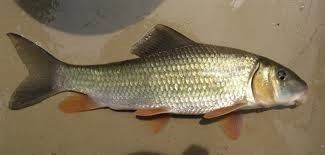 | ||
Similar Moxostoma, Golden redhorse, River redhorse, Northern hogsucker, Shorthead redhorse | ||
Bowfishing stephanie shoots two black redhorse
The black redhorse (Moxostoma duquesni), (or duquesnii) is a species of freshwater fish endemic to Ontario and the eastern half of the United States, where it lives in streams and small to medium rivers.
Contents
- Bowfishing stephanie shoots two black redhorse
- Distribution
- Habitat and Life History
- Diet
- Threats
- Similar Species
- References
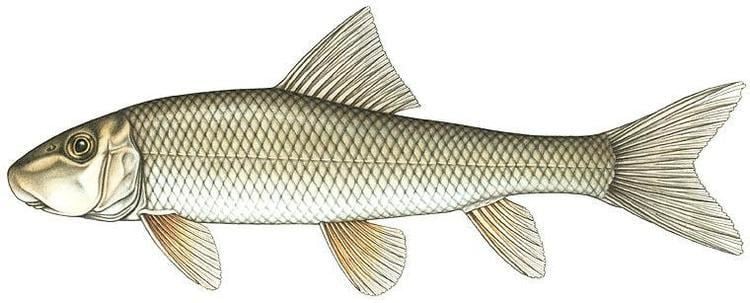
A bottom-feeder, it feeds on microcrustaceans, aquatic insects, detritus, and algae. The black redhorse spawns in the spring.
This species has been identified as Threatened by the Committee on the Status of Endangered Wildlife in Canada (COSEWIC). It is currently being considered for listing under the federal Species at Risk Act (SARA).
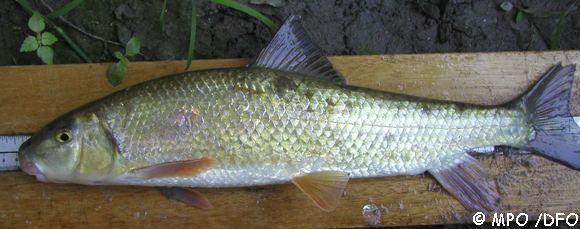
The black redhorse (Moxostoma duquesnei) is a member of the Sucker family (Catostomidae) and has the following characteristics:
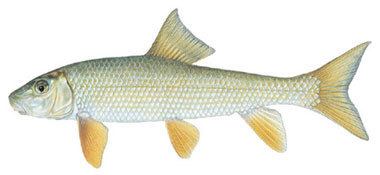
Distribution
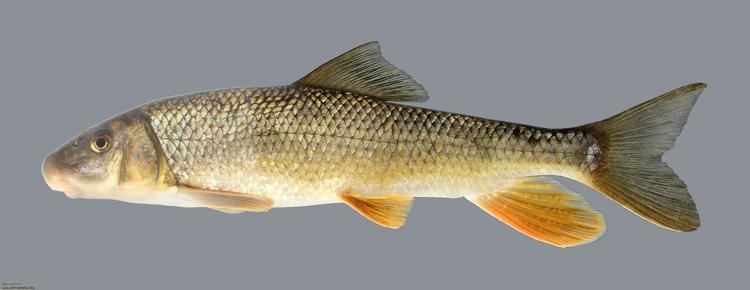
The black redhorse has a wide, but disjunct, distribution in eastern North America. It is found from Alabama and Mississippi in the south to Ontario and Michigan in the north, and from New York in the east to Oklahoma and Minnesota in the west. In Canada, it is limited to southwestern Ontario where it occurs in only six watersheds. In the Lake Huron drainage, it is found in the Bayfield River, Maitland River and Ausable River watersheds. In the Lake Erie drainage, it is known from the Catfish Creek (extirpated) and Grand River watersheds. It is also present in the Thames River watershed in the Lake St. Clair drainage.
Habitat and Life History
The black redhorse usually lives in moderately sized rivers and streams, 25 to 130 m wide, up to 1.8 m in depth, and with generally moderate to fast currents. It is rarely found associated with aquatic vegetation. Substrates include rubble, gravel, sand, boulders and silt. In summer, they generally prefer pools and overwinter in deeper pools. In the spring, black redhorse migrate to spawning habitats. Spring spawning has been observed in riffle habitats at water temperatures between 15 °C and 21 °C, and over a variety of substrates from fine gravel to large cobble. Eggs are nonadhesive and range in size from 2.6 to 2.9 mm. The age at maturity is between two and six years. Lifespan increases with latitude and some individuals reach 16 years of age.
Diet
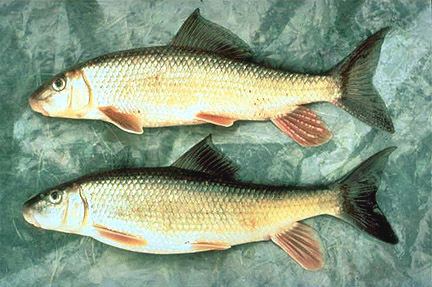
Adult black redhorse are bottom feeders and eat crustaceans and insects. The younger fish (less than 65 mm) are thought to prefer plankton.
Threats
The availability of suitable habitat limits the distribution of the black redhorse in Canada, rendering its distribution highly fragmented. Habitat may be altered or impaired through urbanization and agricultural activities that increase siltation, turbidity, and change flow regimes. Its restricted spawning habitat preferences make recruitment vulnerable to changes in flow regime. Dams and impoundment of riverine habitats also restrict movements of fish. Incidental catches of black redhorse by sport fishers have been reported and may impact populations.
Similar Species
There are a total of seven Redhorse species in Canada (no information is available here for American Redhorse species), and the black redhorse is distinguishable based on a combination of tail colour, lip morphology and lateral line scale count.
